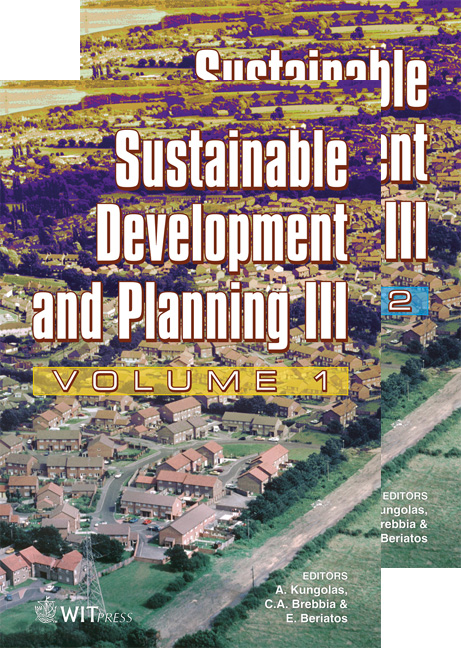Financial Liberalisation And Financial Market Development: The Case Of Tunisia
Price
Free (open access)
Transaction
Volume
102
Pages
16
Published
2007
Size
475 kb
Paper DOI
10.2495/SDP070722
Copyright
WIT Press
Author(s)
A. Kammoun, A. Trabelsi & C. Mamoghli
Abstract
The economies of developing countries that are in debt are generally characterized by under-developed financial markets. ‘A stylized fact about financial systems in developing countries is that they are dominated by commercial banks’ (Fry, In Favour if financial liberalization, 1996). This was true of Tunisia, that by adopting financial reforms, it sought to make a dynamic financial market in order to insure a transition from credit to market economy. In this context, it appears useful to evaluate and quantify the impact of the adopted reforms on the development of the Tunisian financial market. Few studies have tried to explore this subject and they have all resorted to compare certain indicators of financial market development before and after the introduction of reforms. Within the framework of this paper, we suggest using intervention models in order to quantify (measure) the importance and the nature (transitory or permanent) of the effects of each adopted reform. Keywords: financial reforms, financial liberalization, intervention models, transitory and permanent effects. 1 Introduction Since 1987, Tunisian authorities, convinced by arguments which show that liberalization can stimulate economic development and by the successful experiences of many countries whose economic growth was rapid, have adopted a strategy of financial and economic reforms. The overall objective of these reforms was to create a market-based economy directed by the private sector, while keeping more and more open to international trade and capital.
Keywords
financial reforms, financial liberalization, intervention models, transitory and permanent effects.





